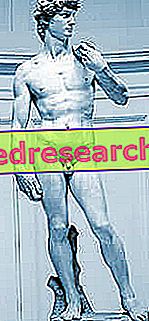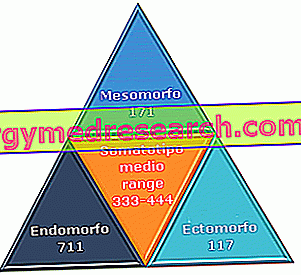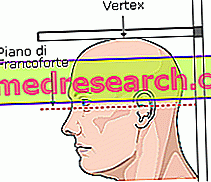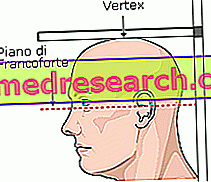The height of a subject can be heavily influenced by dysmorphisms of the spine (kyphoscoliosis) and bone diseases such as osteoporosis and rickets. Not surprisingly, from the age of 30, stature tends to decrease with aging, by about: 0.03 cm / year up to 45 years; 0.28 cm / year over 45 years. To eliminate the influence of these factors and obtain a real estimate of the height of the subject, important to proceed with the due anthropometric evaluations, the so-called knee height is used
Category anthropometry
REFERENCE INDEX I = height / wrist circumference man woman lanky > 10.4 > 10.9 normolineo 10.4 - 9.6 10.9 - 9.9 Curvilinear <9.6 <9.9 INDEX OF LENGTH UPPER LIMB I = (upper limb / stature length) x 100 (Brugsch) Limb: man woman Short . <- 44.1 <-43.6 Middle 44.1-44.5 43.6-44.0 Long > 44
In January 2006 the Mexican Manuel Uribe Garza, with his 550 kg (1235 pounds), was crowned the fattest man in the world, fully entering the Guinness Book. At that time his BMI (h = 194 cm) was equal to 146, when it is enough to exceed the value of 30 to fall into the category of the obese, and the value of 40 to be considered very serious obese
This test is used to calculate the ideal body proportions of a subject. The measurements shown in the table are based on male subjects, with a fat percentage of 10%. MATERIAL REQUIRED: A tape measure A scale Weight / Height Neck (Cm) Biceps (Cm) Avam. (Cm) Chest (Cm) Life (Cm) Hips (Cm) Leg (Cm) Polp
Abdominal Fat and Cardiovascular Risk The abdominal circumference is a parameter widely used to assess the cardiovascular risk of a subject. The prevalent distribution of subcutaneous fat at the abdominal level is in fact related to the increase in visceral fat and is proportional to its external circumference
How the Child Grows The growth of the child consists of a set of bodily changes that allow him to acquire, at the end of puberty, the anatomical, physiological and morphological traits typical of adulthood. The growth, therefore, does not represent a simple increase in the size of the body, but also a progressive modification of forms and body composition
Edited by Giovanni Bruno Schools of constitutionalism have always tried to reduce human variability to certain morphological types with common structural characteristics. In particular, the Somatotype method has its roots in the studies on morphology and body constitution conducted by Hunter in the last century
The somatotype is defined based on the anthropometric characteristics of the subject. Sheldon (1940) was the first to introduce the concept of somatotype, identifying the presence in each individual of three distinct components: ENDOMORPHIC (7, 1, 1) narrow shoulders and wide hips, soft body, high body fat, viscerotonic MESOMORPHIC (1, 7, 1) muscular, mature appearance, thick skin, correct posture, somatotonic ECTOMORPHIC (1, 1, 7) youthful appearance, tall, not very muscular, intelligent, cerebrotonic The morphological aspect can be defined by assigning a variable score from 1 (minimum) to 7 (
By Dr. Davide Marciano Why are some subjects able to significantly increase their muscle mass while training and nutrition are equal, while others have no significant results? This depends on multiple factors, including the body structure, generally classified into three basic somatotypes : mesomorphic, endomorphic, ectomorphic
Seated stature and physical constitution In sports medicine, seated stature is an anthropometric value of primary importance for assessing the aptitude for various sports disciplines. Knowing the seated height allows us to evaluate the relationship between the length of the lower limbs and the length of the torso (head + trunk)
The stature is the distance between the vertex and the support surface. The Vertex is the highest sagittal point of the head with respect to the horizontally oriented Frankfurt plane. For more information on how to measure stature, visit the dedicated article. The human species is characterized by a wide variability of stature, with a range that can vary from 135 to 200 centimeters (± 20% compared to the male standard of 165 cm).










